What are autoflowering cannabis strains?
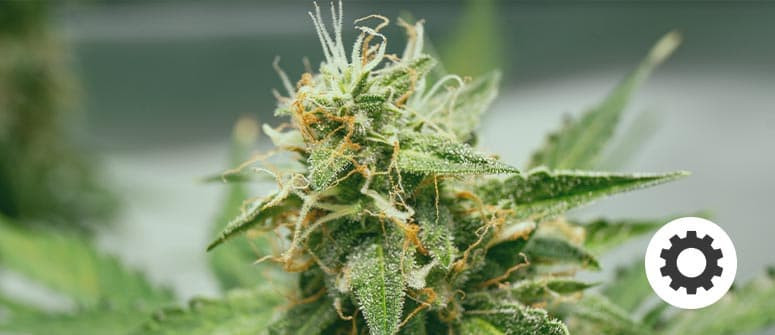
Autoflowering cannabis has gone from a novelty to rivalling some of the best strains of photoperiod cannabis. Find out how it's made, its pros and cons, and how to grow it here. Whether you're a beginner cultivator or more advanced, there are some serious benefits to cropping an autoflowering harvest.
Contents:
Traditionally, growing cannabis meant keeping your plants under a strict light schedule indoors to ensure that they moved properly through the different stages of their life cycle. Outdoor growers, on the other hand, were subject to the changing of the seasons in order to secure a satisfying harvest. And while these photoperiod plants produce great results, they can be very hands-on and time consuming.
Fortunately, genius breeders created autoflowering cannabis plants, which take a good deal of the hassle out of growing marijuana. But what are autoflowering cannabis plants? And are they any good? We will explore all this and more as we delve into the modern era of autoflowering weed.
What is autoflowering cannabis?
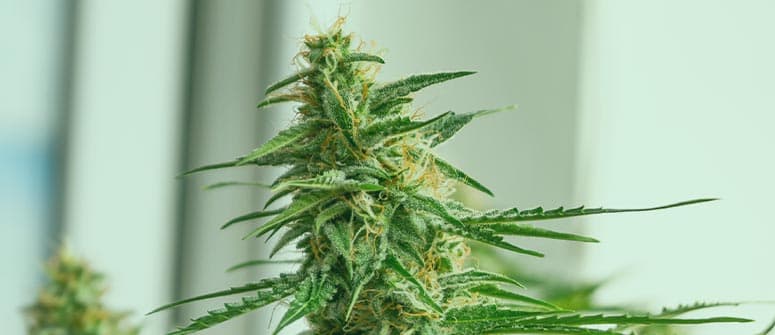
Autoflowering cannabis strains are those that flower automatically. But what does this mean? Photoperiod cannabis, which until recently was pretty much all cultivators had access to, begins producing buds in response to a certain light cycle, or photoperiod. When indoor growers want their plants to start producing flowers, they will change the light cycle from 18/6 to 12/12. Outdoors, photoperiod plants will start to flower naturally as light hours dwindle toward the end of summer and beginning of fall.
Autoflowering plants, however, begin flowering after a genetically predetermined amount of time, no matter the light cycle. This makes them significantly easier to grow compared to photoperiod strains, though they’re not without some drawbacks.
What's the difference between autoflowering and photoperiod cannabis?
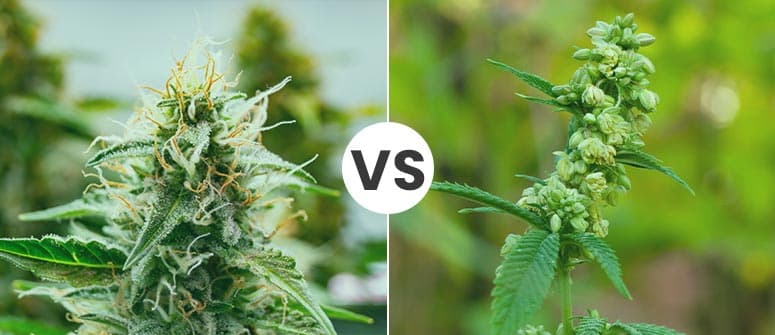
Aside from their response to light, there are some notable differences between photoperiod and autoflowering cannabis strains. Put bluntly, photoperiods are generally less hardy and take longer to finish, but also tend to yield more. Autoflowers, on the other hand, are quick and tough, but less generous in the harvest weight department.
Let’s take a deeper look.
Photoperiod cannabis
Pros of photoperiod plants:
- Greater yield potentially, especially outdoors
- Potential for higher THC content
- More control over the vegetative stage
- High-stress training techniques can be used to limit height and boost yields, as a longer vegetative stage allows for adequate recovery
Cons of photoperiod plants:
- Lengthy life cycle
- Require specific light cycles during different stages of growth
- Light leaks during dark periods can be very damaging
- Require more in terms of food and care
Autoflowering cannabis
Pros of autoflowering plants:
- Fast life cycle
- Tough and resilient
- Can handle essentially any light schedule
- Growers can achieve multiple harvests in one outdoor season
Cons of autoflowering plants:
- Generally smaller yields, especially outdoors
- Weaker potency (not always)
- Fast vegetative stage means little time to recover from any damage or training
- Can’t handle high-stress training techniques
Modern autoflowering strains: closing the gap
As time has gone on, autoflowering strains have become much more competitive with photoperiod strains in terms of yield and potency. For instance, though it's true that, on average, photoperiod cannabis plants are more potent than autos, there are autoflowering specimens with THC levels reaching well into the 25%+ range, blowing lots of photoperiod specimens out of the water. Similarly, while the limited life cycle and small stature of autos keep them from delivering absolutely massive yields, the amount per square metre and per plant has increased significantly.
These positive developments are chiefly due to the work of innovative breeders who have learned how to retain the desirable traits of indica and sativa strains while infusing autoflowering genetics into the fold. But how is this achieved?
How are autoflowering cannabis seeds made?
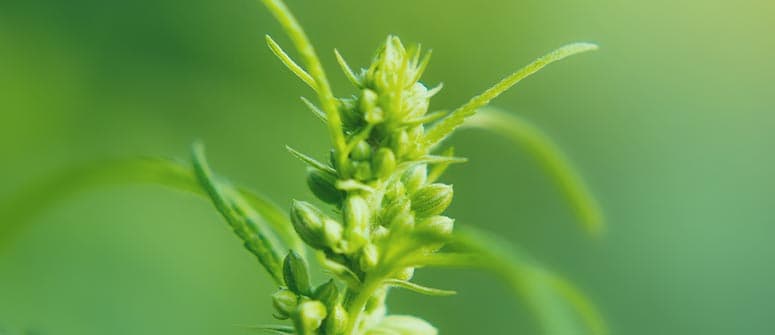
Autoflowering cannabis plants originally hail from Siberia and surrounding regions, in the form of the subspecies known as Cannabis ruderalis. In such northerly latitudes, plants are subject to short summers with almost constant daylight. During this time, plants need to grow and flower before the winter arrives, and relying on light to transition from veg to bloom isn’t of much use when the light almost never ceases.
Therefore, ruderalis developed a genetic clock that induces the transition from the vegetative stage to the flowering stage after a predetermined amount of time (around 3–4 weeks), regardless of light exposure.
Natural ruderalis contains almost no THC, and it yields very little in the way of viable bud. As such, commercial autoflowering seeds are created by crossbreeding ruderalis with photoperiod strains. But it gets more complex. Autoflowering genetics are recessive, meaning that the autoflowering trait will not be expressed in the first generation. Therefore, autoflowering strains are the result of a backcross to stabilise this behaviour.
This is why it’s taken a long time to get autos up to scratch with photoperiod plants, as it’s taken generations of crossing to keep them stable while introducing more and more traits from photoperiod indica and sativa hybrids.
Popular autoflowering cannabis strains
It’s now possible to find almost any strain you want in autoflowering form. While once the selection was meagre, today you can find everything from high-flying Haze autos to massively potent Gorilla Glue auto specimens. Here are three worth considering.
Lowryder
Lowryder is said to be the first commercial autoflowering cannabis seed ever released. It may not be able to compete with modern cultivars in terms of strength or yield, but it’s an essential piece of cannabis history and can’t be missed. With a rapid 8-week grow time and 10% THC content, it’s a perfect strain for beginner smokers and growers.
Northern Lights Autoflowering
Northern Lights Autoflowering brings one of the world’s most popular photoperiod strains into the autoflowering realm. Almost pure indica, Northern Lights Autoflowering is deeply relaxing, with some even claiming that it veers into psychedelic. Alongside a fast life cycle, these world-renowned effects make this a fantastic autoflowering cannabis seed.
White Widow Autoflowering
Another legend turned autoflower. White Widow is one of the world’s most famous cannabis strains, and White Widow Autoflowering brings you all its glory in a compact, robust, and rapid form. With a creative, heady high, you’ll come to understand why these genetics are so well-loved.
How to grow autoflowering cannabis
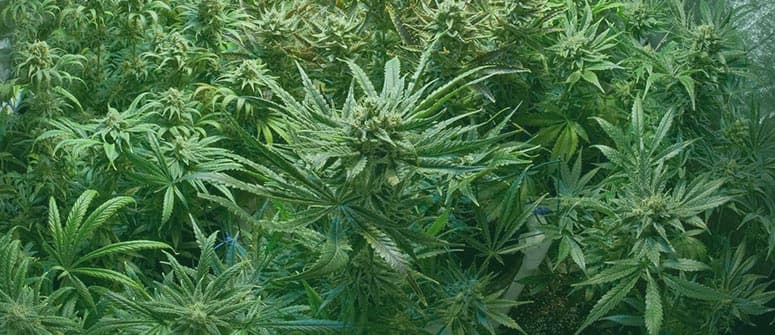
For the most part, growing autoflowering marijuana plants is easier than photoperiods. That being said, there are certain aspects to be aware of in order to achieve the best results. On the whole, though, especially for beginners, autoflowering strains are a fantastic place to start your weed cultivation journey.
Indoors and outdoors
On the face of it, autoflowering plants seem better suited to indoor growing. Being smaller, you can fit many into a grow space, under a single light, and achieve impressive yields per square metre. With an equivalent photoperiod strain, you may need to train the plants to keep them suitably compact when growing indoors.
Outdoors, there are pros and cons. Their fast nature and ignorance of light cycles means you can achieve two or even three crops of autoflowering plants during a single photoperiod growing season. However, their size is limited, whereas photoperiod plants can grow to monstrous proportions and yield up to 10 times as much as autoflowers.
But autos will thrive in either setting, as long as their basic environmental needs are met. And, of course, you won’t need to worry about light to the same degree as when growing photoperiods.
Soil and hydroponics
It’s possible to grow autos in both soil and soilless media, or hydroponically.
Like all cannabis plants, autos are happy to grow in soil. However, it’s worth noting that it may be wise to germinate your autoflowering seeds in their final containers, as any damage to their roots is hard to reverse. Moreover, the shock associated with transplanting young autos is too much for their short vegetative stage to handle.
If growing hydroponically, autos require a fair bit of care. Autoflowers are great in terms of surviving with little food and water, which makes them pretty easy to grow in soil. In a hydro setup, though, this can become an issue, as they react poorly to overfeeding. Hydroponic growing runs a greater risk of overfeeding, as the nutrients are delivered to the roots without any sort of buffer. That being said, it’s very possible to successfully grow autos hydroponically, but extra care must be taken to dial in nutrition.
Temperature and humidity
Thanks to the hardy nature of Cannabis ruderalis genetics, autos can take some fluctuation in terms of temperature and humidity, but only within a reasonable degree.
The best results will still occur when autos are grown in optimal conditions, but some environmental issues won't have a noticeably detrimental effect. This is another reason autos are so well-suited to beginner growers; they require less of a specialised environment.
Nutrients
As mentioned, autos require little in the way of nutrients. As little as half or even a quarter of the amount needed by photoperiods should suffice. When you begin a feeding regimen, start with around a quarter of the recommended dose and see how they fare. It’s easy to increase the amount of food a plant gets, but much harder to reduce it. Be conservative!
Training
Unless you’re an experienced grower, stay away from training autos.
Their short veg stage means it’s very difficult for them to recover from damage. This means that training can often stunt growth, rather than encourage it. If you do want to try training, stick with low-stress techniques, such as SOG and ScrOG. Topping and other high-stress techniques are likely to do much more harm than good.
Autoflowering cannabis: frequently asked questions
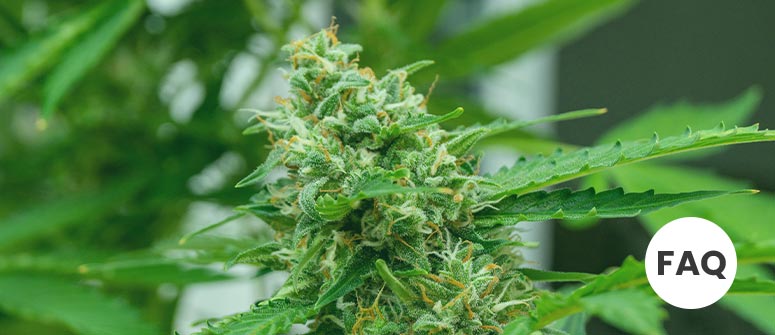
Below are some answers to common FAQs regarding autoflowering cannabis.
Q: Can autoflowering cannabis be cloned?
A: Not really. A clone will be the same age as the plant it was taken from, meaning it will have very limited vegetative growth time.
Q: Can you grow autoflowering and photoperiod cannabis in the same grow space?
A: Yes, but it could be a poor use of light. Flowering photoperiod plants require a 12/12 light cycle, whereas 18/6 is just fine for flowering autos. One option is to veg your photos while your autos flower, and when you harvest your autos, switch to a 12/12 cycle for the photos.
Q: How long do autos take to grow? (From start to finish)
A: The shortest life cycle for an autoflower comes in at around 7 weeks, while the longest is about 14. In general, 8–10 weeks is average. Though not always the case, longer life cycles often mean bigger yields.
Q: How big do autos get?
A: While they tend to be smaller than photoperiod plants, autos are getting larger every year. And bigger plants produce bigger yields. Autos will usually top out at just under a metre, though some are capable of hitting 2m. Always check the details associated with a given strain before buying cannabis seeds.
Q: Can I prune or train autos?
A: It’s best not too, as they usually don’t have time to recover. Beginner and intermediate growers could try low-stress training techniques such as SOG and ScrOG.
Should you grow autoflowering cannabis?
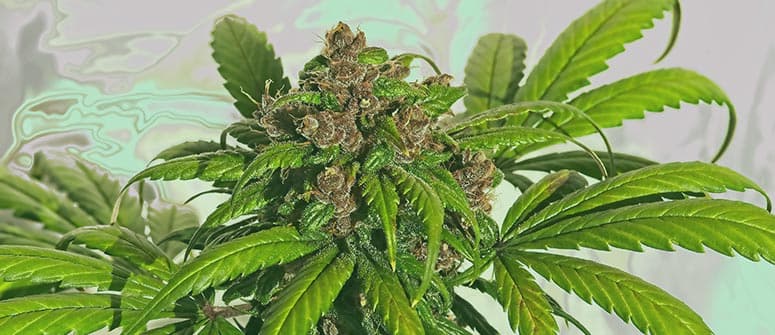
Definitely. Autoflowering cannabis strains are a fantastic introduction to the world of cannabis cultivation. Or, they’re just a laid-back way to grow for those who want a more hands-off experience.
Modern autoflowering strains can produce some very large yields of high-quality flowers, so there’s no need to sacrifice quality or quantity for the sake of ease. Check out our top 10 autoflowering strains and our top 10 highest-yielding autoflowers to get some inspiration for your weed garden.
If you want to dip your feet into the world of weed growing, and you’re after a quick and rewarding endeavour, then autoflowering cannabis should be highly satisfactory.




